What compatibility factors need to be considered to match a zoom lens with an industrial camera?
Interface type: “hard standard” for basic adaptation
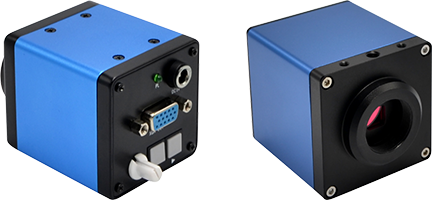
Interface type is the physical basis for zoom lens to connect with industrial cameras. POMEAS zoom lens supports C, CS, F and other international standard interfaces, which can be seamlessly connected with mainstream brands of industrial cameras (e.g. Basler, Hikvision, etc.). For example, the C interface is compatible with sensors up to 1/2 inch, while the F interface is compatible with full-frame large-size sensors, ensuring the stability of the mechanical structure and the efficient transmission of optical signals. With the standardized interface design, users can achieve quick installation without additional adapter rings, reducing system complexity.
Sensor Size: Balancing Field of View and Picture Quality

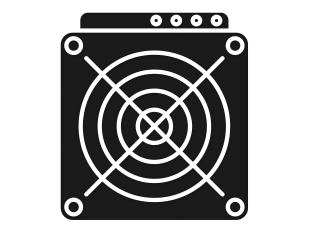
The sensor size of an industrial camera (e.g. 1/2.5 inch, 2/3 inch, etc.) determines the adaptability of the lens. POMEAS zoom lens adopts “large target surface compatible” design, for example, the 2/3-inch lens can cover 1/2-inch sensor, avoiding the dark corner of the image caused by insufficient field of view of the lens (Keratare effect). Meanwhile, POMEAS offers a wide range of magnification lenses (e.g. 0.5X-2X) to meet the needs of different scenarios, which can flexibly extend the field of view, and take into account the needs of macro-scene and micro-detail inspection.
Resolution matching: avoiding the “barrel effect”
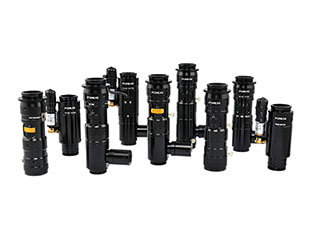
Lens resolution needs to be closely matched to the pixels of the camera's sensor, otherwise image detail will be lost. POMEAS zoom lenses are designed with high-resolution optics, such as the 12.5X continuous zoom lens that supports 5-megapixel-level imaging, ensuring sharp image quality at maximum magnification. In addition, its low distortion (<0.1%) reduces edge distortion, making it particularly suitable for high-precision dimensional measurement and defect detection scenarios, such as chip pins and precision parts.
Working Distance and Depth of Field: Adaptation to Dynamic Scenes

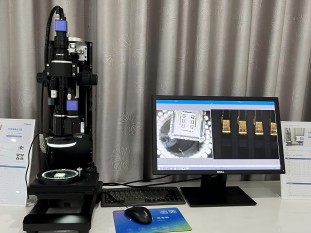
In industrial inspection, the position and shape of the object to be measured often change dynamically. POMEAS zoom lens optimizes the optical structure to achieve a wide range of working distance and depth of field control. For example, in the Hawkeye navigation vision system, the 4K zoom lens can quickly switch between global field of view and local detail modes, and together with the global shutter camera, it can accurately capture the instantaneous state of moving objects to meet the needs of high-speed inspection on the assembly line.
Additional mirrors and light sources: building a complete solution

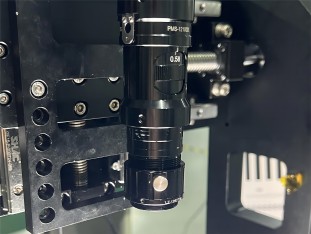
POMEAS zoom lenses can be paired with special function accessories such as polarizers and filters to further optimize the imaging effect. For example, polarizer reduces reflections and improves the contrast of transparent materials, while infrared filter is suitable for specific wavelength detection. In addition, POMEAS provides various types of light sources, such as ring and bar, with adjustable brightness and color temperature, which work together with the lens to eliminate shadows, ensure light uniformity, and improve the signal-to-noise ratio of the image.
Product recommendation
TECHNICAL SOLUTION
MORE+You may also be interested in the following information
FREE CONSULTING SERVICE
Let’s help you to find the right solution for your project!


 ASK POMEAS
ASK POMEAS  PRICE INQUIRY
PRICE INQUIRY  REQUEST DEMO/TEST
REQUEST DEMO/TEST  FREE TRIAL UNIT
FREE TRIAL UNIT  ACCURATE SELECTION
ACCURATE SELECTION  ADDRESS
ADDRESS Tel:+ 86-0769-2266 0867
Tel:+ 86-0769-2266 0867 Fax:+ 86-0769-2266 0867
Fax:+ 86-0769-2266 0867 E-mail:marketing@pomeas.com
E-mail:marketing@pomeas.com
